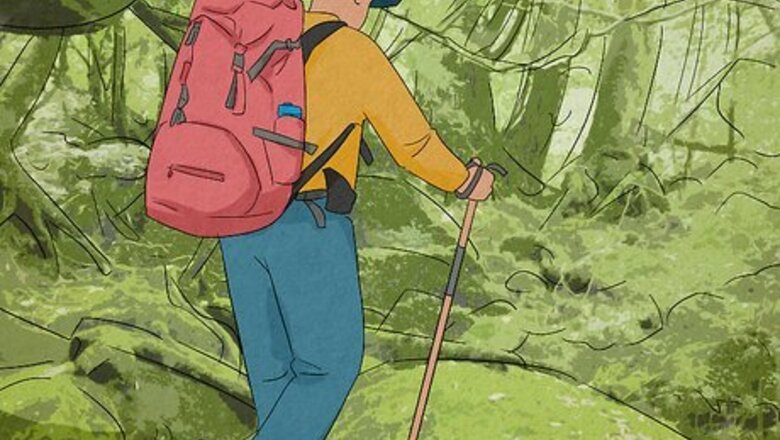
views
X
Research source
There are several things that you can do to celebrate this day, and this wikiHow will discuss them.
Take note of the theme for the year.
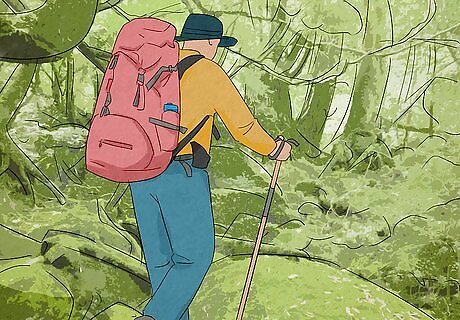
Every year, there is a theme for World Wildlife Day. For example, in 2021, the theme for World Wildlife Day was forests. Do some research and find out what the theme for the year is, and keep this theme in mind as you celebrate World Wildlife Day.
Learn about the plants and wild animals near you.

Do some research about local wildlife. You can also research some of the threats to these plants and wild animals. If one of the primary threats that they face is human-caused, do your part to help decrease this threat. For example, if one of the primary threats an animal faces is litter, be sure to dispose of your trash properly, and pick up any litter that you see.
Plant a garden with native tree, bush and flower species.
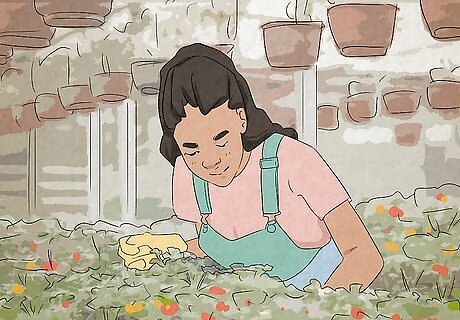
These can help provide wild animals with a place where they can raise their family, food, and shelter in general. Simply do some research beforehand on trees, bushes and flowers that are native to your area and where they would grow best, then plant them accordingly. If you don't have a front or back yard, you could also consider starting a container garden. You could also consider planting milkweed that is native to your area, since this can help monarch butterflies. There are databases online that list plants which are native to your area, such as the National Audubon Society and the National Wildlife Federation. Another benefit of planting a garden with native plants is that they can reduce the impact that invasive species have.
Avoid using pesticides and herbicides.
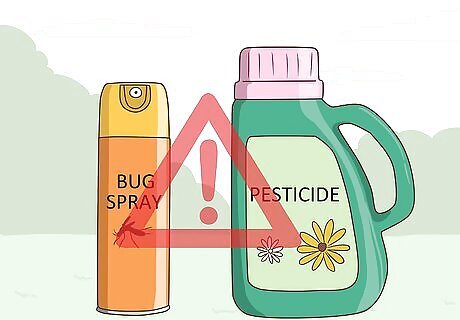
Pesticides and herbicides sometimes degrade very slowly, causing their levels in soil to increase. As a result, they end up in the food chain, which can cause harm to wildlife, like groups of animals such as amphibians, who are more prone to the harmful effects that pesticides and herbicides can have. On World Wildlife Day, make an effort to find alternatives to pesticides and herbicides that you can start using in your garden. Beyond Pesticides has a database that you can use to find non-pesticide and non-herbicide alternatives if you have an issue in your garden.
Pick up any trash that you see.
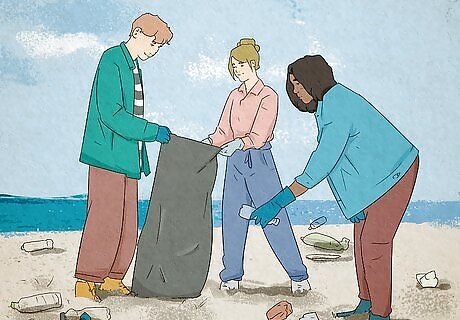
Trash can negatively impact birds, fish, and other wildlife. Therefore, make an effort to pick up any trash that you see and dispose of it properly. You'll also want to be sure that you recycle whenever you can, and reduce the amount of trash that you create (for example, you can switch to a reusable water bottle instead of using disposable ones, and select products with less packaging whenever possible). Consider organizing or participating in a beach clean up, since this can be a great way to help wildlife near you. If you aren't near a beach, you could also consider organizing or participating in a community or park clean up.
Drive slower.

A lot of native species live in areas that are heavily populated, meaning that they face a lot of dangers which are caused by humans. Roads are one area where this is especially the case, because animals need to cross them since they're splitting up their habitat. Cars going to fast can make this task difficult for them, so on World Wildlife Day, start making an effort to drive slower (and pay close attention for any animals while you're driving). If you can, also try to drive as little as possible, because this can save energy. Consider carpooling, taking public transportation, or even walking or biking if your destination is close by and the weather is nice.
Conserve energy.

A good amount of power plants use fossil fuels such as coal, which when extracted can harm the habitats of wildlife, and when burned can cause an increase in climate change and pollution. There are several things that you can do to conserve energy, and they include: Turning off the lights whenever you exit a room Unplugging electronics when you aren't using them Making sure that your vehicles/appliances are energy efficient (look for the ENERGY STAR label on appliances).
Be an informed consumer.
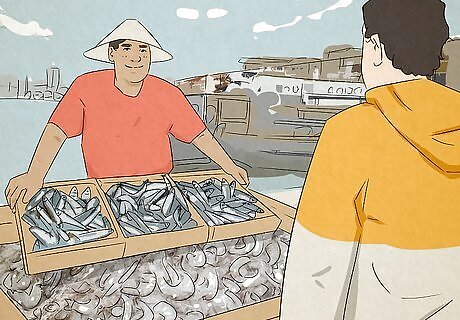
Before you purchase something, make sure that it's not harming wildlife and the environment. Some examples of products that you should avoid include products that are made with palm oil, non-recycled paper products, products that include microbeads or plastics that are disposable, products in which herbicides or pesticides were involved in their growing process, products that were made from animal derivatives or parts of animals, animal-tested products, or vehicles that use a lot of gas. Not purchasing meat (beef in particular) can also be beneficial, because cattle ranching affects water a lot, since it can contaminate waterways and use a lot of water. Cattle ranching can also cause damage to soil, frequently cause native predators to be controlled in a lethal matter, and result in methane production, which is a strong greenhouse gas. In addition, forest that is converted to cattle rangeland is a top cause of loss of biodiversity. It's also a good idea to avoid purchasing products that use excessive packaging, because this can sometimes end up in animal habitats. You'll also want to look for the FSC (Forest Stewardship Council) label on products, because these products were made in a manner that isn't as harmful to forests. If you're unsure of whether or not a product is harmful to wildlife and/or the environment, ask. An employee at the store you're at may know where and how your product was made.
Visit an aquarium or zoo near you.

Aquariums and zoos help a lot with endangered species, allowing their populations to increase. These may also be the only places where you can find certain endangered animals. In addition, they also assist with conservation efforts. World Wildlife Day is the perfect day to pay a local aquarium or zoo a visit.
Consider joining an organization that helps wildlife.
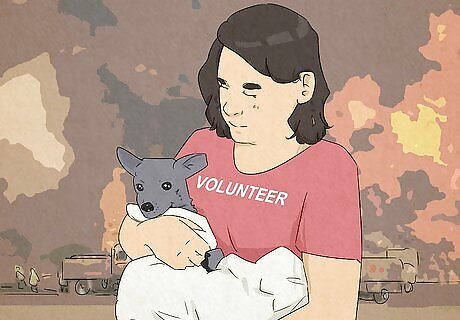
There are a variety of organizations that help wildlife in different ways. If you have a specific habitat and/or species that you'd like to support, or even if you'd just like to help wildlife in general, there might be an organization somewhere that you can join and assist with their efforts. Consider looking on Charity Navigator or the Better Business Bureau for reputable organizations to join and/or volunteer with. If you don't want to join an organization, you could also consider giving them a monetary donation.
Spread the word about World Wildlife Day.

Some people may not know that World Wildlife Day exists, so telling them about it can be very beneficial for raising awareness. Explain to them what World Wildlife Day is, and how they can get involved on this day. You may also want to discuss the wildlife that are native to your area, some of the dangers that they are facing, and what they can do to help lessen those. If someone you know is doing something that is harmful to wildlife and/or the environment, politely explain to them why what they are doing is harmful, and explain to them what they might be able to do instead.

















Comments
0 comment